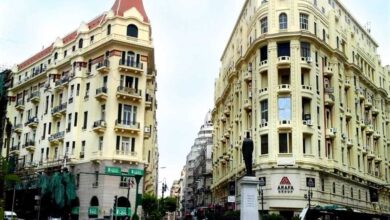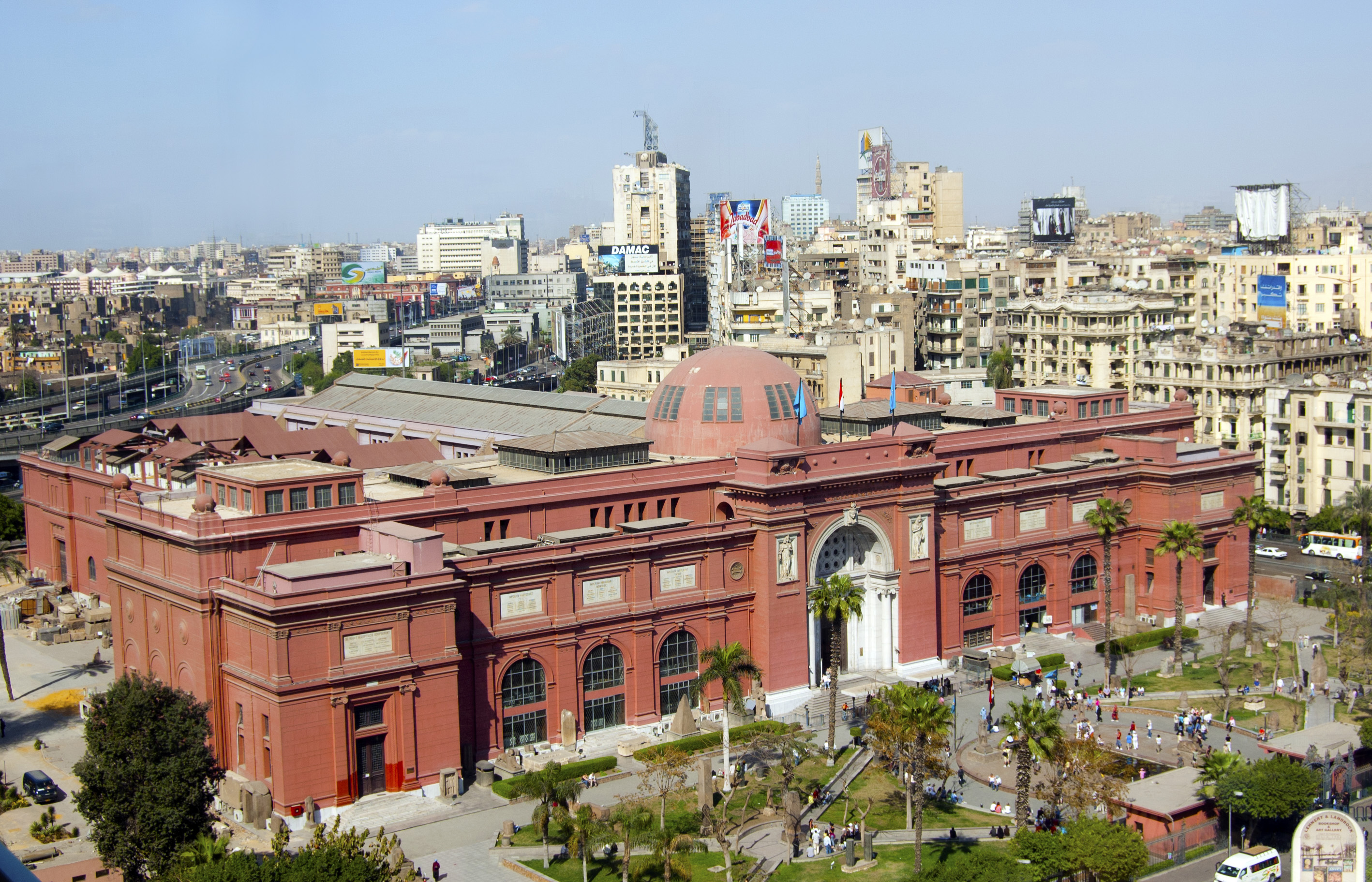There are reports about opening cafeterias and restaurants in Tahrir Square, now that the multi-storey underground parking has been opened. The idea is to make use of the narrow space downtown twice: once under the ground and once above the ground.
This is consistent with the government’s privatization policy of the the last 50 years, replacing the public sector that was established by President Nasser with private companies, although the government has been raising the Nasserism motto every now and then, and hanging his pictures in the square that no one now can use for demonstration.
There are places in every country in the world that are kept to preserve memories of revolutions as a part of their history, such as the Bastille Square in Paris, the Berlin Wall in Germany and Tiananmen Square in Beijing.
It is not enough that the famous places in Egypt are Sharm El-Sheikh, Hurghada, Luxor and Aswan, for Egypt is not only a tourist destination. It is a revolutionary country full of places reminiscent of the resistance against colonialism, such as the Denshway village, Cairo University and the Al-Azhar mosque.
And what Tahrir Square has always stood for has not changed since 1952 despite numerous attempts. It has witnessed the student protests of 1971 to force the regime to liberate Sinai, which came true in October 1973. The square has thereafter become a symbol of the revolutionary demands of the people if the regime fails to do its national duty. It has become that symbol for the Arab world and for the rest of the world after the January 2011 revolution.
Cafeterias and restaurants cannot deter the revolution of the masses of young people. The present cannot overtake the past and obliterate memories. It is a fragile present that is afraid of the place and of its name. For layers of concrete underground cannot defeat underground resistance. They may shake buildings above the ground, but the underground resistance can shake the whole political life.
Tahrir Square cannot be conquered with cafeterias, restaurants or parking lots. It cannot be closed because the masses can access it from the river or from any of the streets leading to it. The icon that embraces the old and the new of the city cannot be closed. Among the old are the Egyptian Museum and the American University, and among the new are the Hilton Hotel and the Arab League headquarters.
But what do we place on the pedestal in the middle of the square? Should we put a statue of Nasser, the leader of the national liberation movement? Why not a statue of Saad Zaghloul, the political leader of the recent past? Would a symbolic monument of the martyrs be more suitable?
Everything that has been going on in and around Tahrir Square is part of Egypt's history and the national movement of the youth. No monument of anything specific should be erected in it. Tahrir means liberation, and liberated it must remain.
You cannot change the names of the pyramids or the Sphinx to match the whims of any certain regime. There are enough cafeterias and restaurants downtown. This place must remain open for people to walk in freely and without getting killed by police. You should hear in it the sound of the revolutionaries, not of forks and spoons. It should be an alternative for people to express themselves when newspapers are closed or confiscated.
Tahrir Square is not less than the Sorbonne Square in Paris, Trafalgar Square in London or Brandenburg Gate in Berlin. They have no cafeterias there. They have young people holding flags on national occasions.
There are no squares anywhere in the Arab world like Tahrir Square. It shall remain the heartbeat and the burning spark of the Arab world. It shall continue to combine time and space like the Grand Mosque of Mecca. And it shall continue to resist all attempts to obliterate what it has always stood for.
Edited translation from Al-Masry Al-Youm




